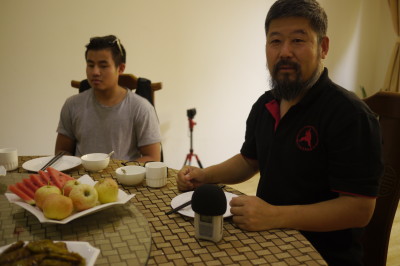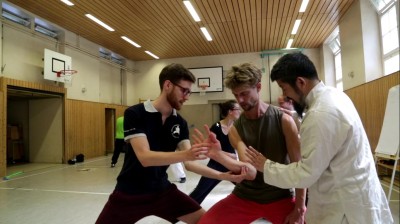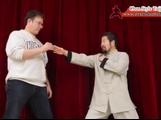I started taijiquan practical method in 2011. In 2016 I became disciple of Master Chen. Taiji – the separation of ying and yang and having both at the same time – is a part of my daily life and I am very happy about it.
1. Practical method
This style in the lineage of Chen Fake, Hong Junshen, Chen Zhonghua follows very clear instructions to establish the taiji movements. In the end there should be no fight anymore, one is just walking through the opponent without knowing.
Read more










